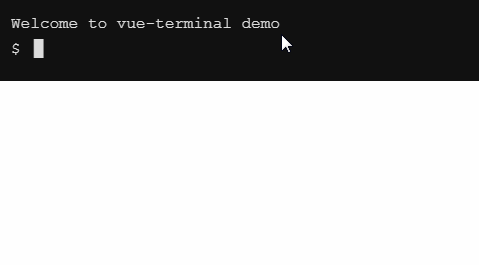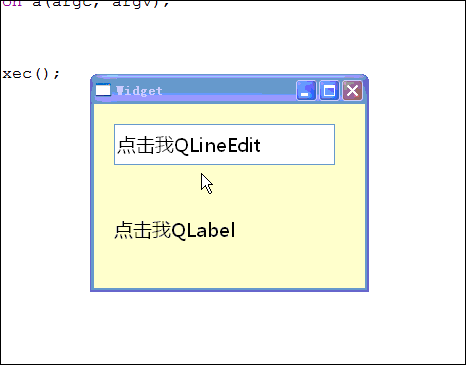

- #Qt dialog background color ui how to
- #Qt dialog background color ui full
- #Qt dialog background color ui code
using Microsoft.UI // Needed for WindowId. To change the window title, set the AppWindow.Title property to a single-line text value. Titleīy default, the title bar shows the app type as the window title (for example, "WinUI Desktop").
#Qt dialog background color ui how to
These examples show how to get an instance of AppWindow and set its properties. If you want only to customize the title bar colors or icon, you can set properties on the title bar object for your app window. You will need to create those elements yourself as needed by your app. The caption controls (system Close, Minimize, and Maximize buttons) are still available and handled by the system, but elements like the app title are not.
#Qt dialog background color ui full
When you opt for full customization, you are responsible for putting content in the title bar area, and you can define your own drag region. You will also need to use this option to extend a material backdrop, like Mica, into the title bar area. For example, you can place text, a search box, or custom menus in the title bar area. Your other option is to hide the default title bar and replace it with your own custom content. In this case, the system retains responsibility for all other aspects of the title bar, such as drawing the app title and defining drag areas. Simple customization is only available for Windows App SDK and UWP/WinUI 2.įor simple customization, such as changing the title bar color, you can set properties on your app window's title bar object to specify the colors you want to use for title bar elements.

There are two levels of customization that you can apply to the title bar: apply minor modifications to the default title bar, or extend your app canvas into the title bar area and provide completely custom content. See Windowing functionality migration for more information. If you are considering migrating your UWP app to Windows App SDK, please view our windowing functionality migration guide. To customize the title bar of a UWP app that uses secondary windows, use ApplicationView as described in Show multiple views with ApplicationView. The Windows.UI.WindowManagement.AppWindow class, used for secondary windows in UWP apps, does not support title bar customization.
#Qt dialog background color ui code
Write custom code to calculate and set drag rectangles, including when the window size changes. FeatureĪppWindowTitleBar.ExtendsContentIntoTitleBarĭefine your title bar in a XAML UIElement, then call SetTitleBar(UIElement). Use WinUI 3 Window titlebar customization APIs if you are creating a WinUI 3 desktop app that needs to run on OS versions prior to Windows 11. This table describes the differences between Window and AppWindow. However, title bar customization with AppWindow is supported only on Windows 11. You can pass the window handle of the XAML Window to the AppWindow object and use the AppWindow functionality in conjunction with the Window APIs (see the Windows App SDK tab).

WinUI 3 is also part of the Windows App SDK, so both the Window class and the AppWindow class are available to customize the title bar. The Window class includes APIs that let you replace the standard title bar with your own custom content. Windowing functionality in WinUI 3 is through the Microsoft.UI.Xaml.Window class, which is based on the Win32 HWND model. Important APIs: Microsoft.UI.Xaml.Window class, Window.ExtendsContentIntoTitleBar property, Window.SetTitleBar method.


 0 kommentar(er)
0 kommentar(er)
